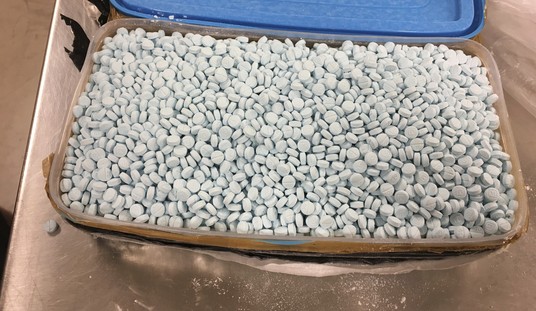Climate change by any other name is still an attempt to scare people into believing that their daily habits are causing the literal world to die so they might open their wallets and give a little to the cause. Or convince them to use their vote to elect legislators who support taxpayer funding to groups that work on the cause of anthropogenic climate change. The goal of the latter is to incentivize the creation of a whole new batch of academics to push what is — at best — an evolving and incomplete understanding of how global temperatures fluctuate and just how much of a role humans play in those fluctuations.
And every time the average person catches on to the “evolving and incomplete” part, those selling the idea of man-made climate change do a little re-branding. (DISCLOSURE: I’m sure we play a role in effecting our environment, but nowhere near the disaster scenarios climate alarmists have been selling since the 70s.)
When I was a kid, it was “Global Warming.” Then, because those pesky hockey sticks turned out to be manufactured and the fluctuations trended colder rather than warmer for a period of time, it became “Climate Change.”
Now — ready for this? — it’s “Climate Restoration.” That is, an attempt to restore the climate back to pre-Industrial Revolution days.
In the end, somehow we knew it would come to this. The Left, in the form of the think thank RAND, has gone full Luddite:
Since the 1992 United Nations Framework Convention on Climate Change, society has organized efforts to limit the magnitude of climate change around the concept of stabilization — that is, accepting some climate change but holding it within acceptable bounds. This report offers an initial exploration of the concept of climate restoration — that is, approaches that seek to return atmospheric concentrations of greenhouse gases to preindustrial levels within one to two generations. Using a simple integrated assessment model, the analysis examines climate restoration through the lens of risk management under conditions of deep uncertainty, exploring the technology, economic, and policy conditions under which it might be possible to achieve various climate restoration goals and the conditions under which society might be better off with (rather than without) a climate restoration goal. This report also explores near-term actions that might help manage the risks of climate restoration.
Take a moment and try to grasp how utterly demented this is. So great is the cultural-Marxist hatred for modernity — Marx himself was a child of the Industrial Revolution and developed his crackpot scheme based on mid-19th-century conditions — that, like the Luddite, they wish to return to some halcyon period before… well, you draw the line wherever you like.
Since “climate restoration” is clearly a new discipline (have you ever heard the term before today? I hadn’t.), it makes one wonder just where these studied pros who understand the landscape are coming from. Are they former climate change experts who shifted focus?
In any event, two of their key findings include:
- getting the air back to a place where the clean up of greenhouse gas emissions are least expensive (no telling how expensive it would be to make it cheap to do that but I bet it’s up there)
- and setting up a “process of policy experimentation” (which will require dolla dolla bills, y’all!) to help society achieve its goal of getting back to clear air.
Basically, global warming by any other name is still expensive and based on data that has been alternately manipulated (proven by the hockey stick scandal), or anecdotally unreliable or unusable because it doesn’t say what the alarmists want it to say (this winter seems to be lasting forever, doesn’t it?).
Being responsible stewards of the environment is a good and noble thing. Bilking taxpayers out of their money for programs that haven’t been proven necessary and scaring/shaming people into believing they’re destroying their world is neither of those things.












Join the conversation as a VIP Member